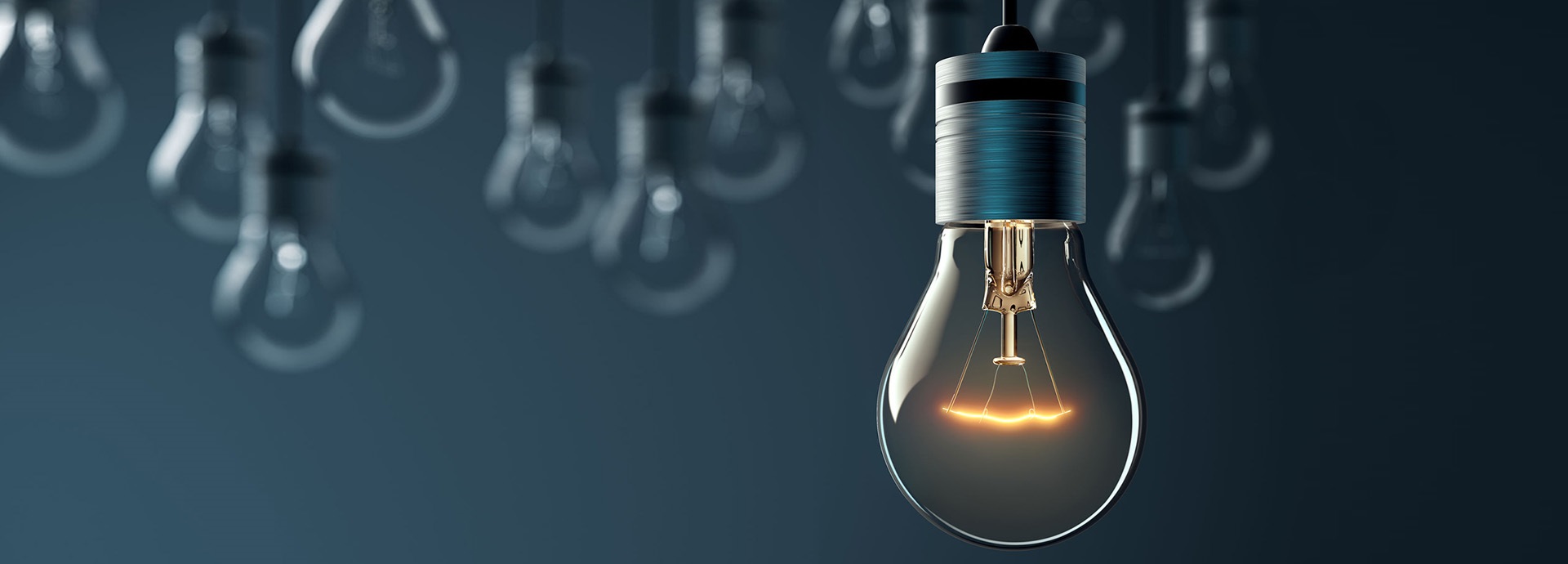

Electrically enhanced propulsion systems are becoming commonplace on vessels of all types as owners and operators seek ways to meet ambitious decarbonisation targets. Diesel-mechanical power take off/power take in (PTO/PTI) hybrid or diesel-electric hybrid setups often reduce the required installed power and fuel consumption as well as improve a vessel’s energy efficiency design index (EEDI). Yet many industry experts still labour under the misapprehension that electrical losses in these types of systems are as high as 15%, which is simply no longer the case with modern technologies. In this article we dispel this myth with a look at the typical losses we can expect in a state-of-the-art system.
The main benefit of electrically enhanced propulsion lies in its flexibility to adapt to different vessel operating profiles and speeds. The main advantage of such a system is that the number of engines running is decoupled from the number of propellers and other energy consumers. At low speeds, a vessel’s entire energy needs can be covered by a single engine running at optimum load or by batteries. Electrically enhanced propulsion is not limited by a minimum rpm but can run at 0–100% rpm with constant torque.
For vessels that can benefit from larger, slower-rotating propellers the efficiency gain can exceed the electrical losses. The same goes for vessels that don’t often use the full power of their propeller, such as those whose operational profile requires slow sailing or those running dynamic positioning control systems. For these types of vessels electrically enhanced propulsion can easily enable an efficiency increase of 10–25% compared with direct mechanical propulsion.
At full load a purely mechanical driveline can have an efficiency advantage if the propeller speed and size is optimised for the vessel and not limited by engine/gearbox rpm. But often propeller sizing is a compromise between engine and propeller limitations. Electrically driven propellers on the other hand are not hampered by these limitations.
Lower losses than you might think
With an electric driveline there are multiple energy conversions and distribution points where there are potential losses between the engine and the propeller:
- Rotational energy converted to electrical energy by a generator (1)
- Energy distribution by cables and switchboards (2)
- Multiple conversion of voltages and frequencies by transformers (3) and converters (4)
- Electrical energy converted back to rotational energy by electric motors (5)
Potential energy losses at each stage of an electric driveline

*High voltage alternating current (AC): 0.1%
Low voltage alternating current (AC): 0.7%
Low voltage direct current (DC): 0.8%
The electrical losses in a high-powered (18 MW), high voltage system can be as low as 6.1%, while in a medium-sized (5 MW) system with a low voltage AC distribution network they can be as low as 9.4%.
Only very small propulsion systems (< 1 MW) can accumulate 15% losses. On very small vessels the drivers for electrically enhanced propulsion are very different and will depend on the operational profile, load variation, flexibility needs and frequency of port calls.
Don’t forget the bigger picture
Some additional points also need to be considered. Innovative design will always help to optimise losses, for example by reducing the need for transformers. Wartsila’s shaft generator systems and low voltage power conversion system are examples of such innovations. Looking at the above figures for losses you would not see a DC distribution system where the main power comes from a genset (which is AC, meaning an additional converter would be needed); the power required needs a medium-speed engine, which will have a far lower efficiency drop than a high-speed engine.
The overall system efficiency needs to be verified. For example, for a shaft generator system people may look at the generator in isolation. The electrically excited permanent magnet generator enhances efficiency by a few percentage points. The generator is then combined with a frequency converter with a diode front end on the generator side, resulting in an efficiency level of 98.5%; variable excitation keeps the voltage constant over the full speed range. The permanent magnet generator is combined with a frequency converter with an active front end on the generator side, which results in an efficiency level of 97%; the generator voltage is proportional to the speed of the vessel (rpm of the propeller). For a system with a classic electrically excited generator the efficiency is on a similar level or better.
Electric systems are often used due to their flexible adaption to highly varying loads during operation. Therefore, it is beneficial to examine their behaviour at partial loads too. Here we see that the efficiency hardly changes at low loads. Although there is a slight drop-off in efficiency at loads below 20%, above this the losses are stable and very low. We can therefore conclude that with today’s modern systems the electrical losses in almost all situations are considerably less than you may think.
Find out more by watching our webinar.
Related solutions
Did you like this? Subscribe to Insights updates!
Once every six weeks, you will get the top picks – the latest and the greatest pieces – from this Insights channel by email.











